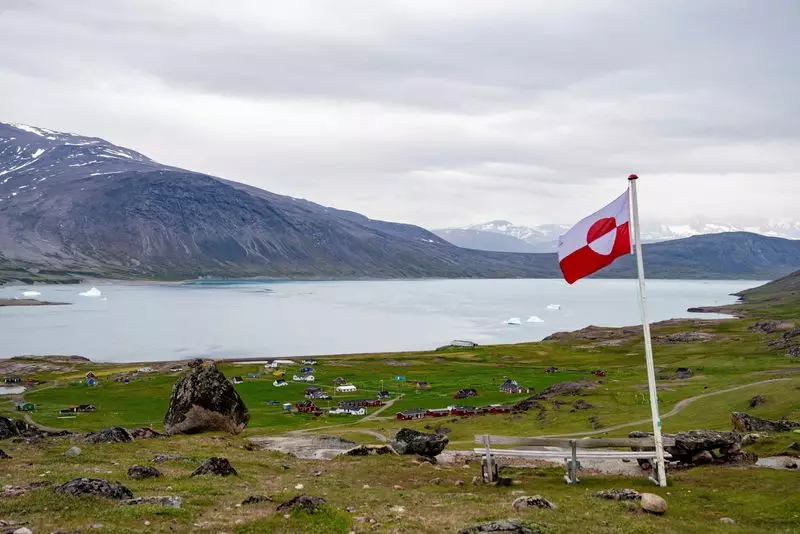Greenland, an expansive island lying between the Arctic and Atlantic Oceans, has recently resurged as an area of interest not just for its natural beauty but also for its substantial mineral resources. While historically considered a remote outpost, developments on the global stage—and within U.S. political circles—have thrown Greenland into the spotlight. Recently, President-elect Donald Trump has made headlines by expressing an intention to control Greenland, largely due to its strategic significance and vast mineral wealth. But what does this mean for Greenland, the United States, and the broader geopolitical landscape?
The idea of Greenland as a geopolitical pawn emerged dramatically in recent years, fueled by revelations of its abundant natural resources. According to a 2023 study by the European Commission, 25 out of the 34 minerals categorized as “critical raw materials” can be found in Greenland. Among these are rare earth elements, vital for modern technologies such as electric vehicles (EVs) and renewable energy sources like wind turbines. This opens the door for mining industries to substantially contribute to green technologies. However, such development is fraught with complexities.
Greenland’s potential resource wealth is shadowed by a multifaceted legal and ethical landscape. The extraction of hydrocarbons was banned to protect the environment, a move reflecting the growing global valuation of sustainability over resource exploitation. Moreover, there is notable opposition from indigenous communities opposing mining initiatives, arguing that these not only threaten their traditional lifestyles but also could pose long-term ecological risks. Thus, companies like Critical Metals Corp and others face not only bureaucratic barricades but also a growing demand for environmental responsibility.
Parsing the mineral potential of Greenland reveals a compelling picture. In the southern Gardar province, several key deposits boast significant quantities of rare earth elements. Meanwhile, graphite indicates promise, particularly from the Amitsoq project led by GreenRoc, whose natural properties are essential for battery technology crucial in EV production. Following this are copper and nickel, with many deposits in northern Greenland remaining largely underexplored, presenting a tantalizing opportunity for mining firms.
Greene’s mineral diversity does not stop there. Zinc, gold, and diamonds, while more sparsely located, contribute to the prospective economic uplift of the territory. Particularly, the Mount Nalunaq gold mine, established by Amaroq Minerals, symbolizes the mining potential that remains largely untapped.
While harnessing Greenland’s mineral wealth appears enticing, it raises critical questions regarding environmental implications. The prospect of extensive mining activities has aroused apprehension about pollution and habitat destruction, especially considering the unique Arctic ecosystem. Furthermore, policies like the ban on uranium mining imposed by the Inuit Ataqatigiit party represent a clash between development and environmental safeguarding. The ambitious Kuannersuit rare earths initiative has been halted not only by this legislation but also by an ongoing struggle for conscientious governance over resource management.
As global demands for sustainable resources grow, Greenland’s strategic importance will likely only increase, influencing international relations and economic strategies. Balancing the push for mineral extraction with the rights of indigenous populations and the need for environmental protection calls for careful planning and robust dialogue. The tension between potential wealth and ethical obligations toward the land and its people will define not just Greenland’s future but also its role in global sustainability efforts. While President-elect Trump’s interest may shed light on the untouched avenues of wealth that Greenland holds, the challenge lies in navigating the complex network of moral, legal, and environmental considerations. The world watches keenly as the Arctic island grapples with its emerging identity amid the conflicting forces of geopolitics and resource exploitation.

